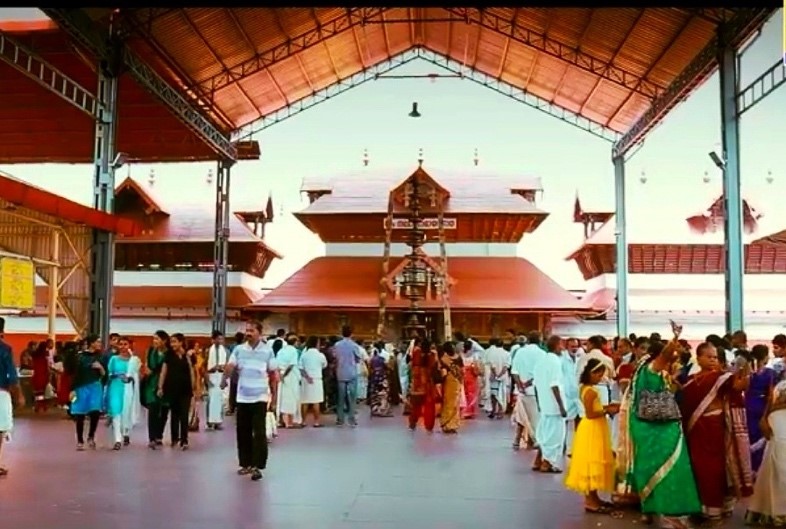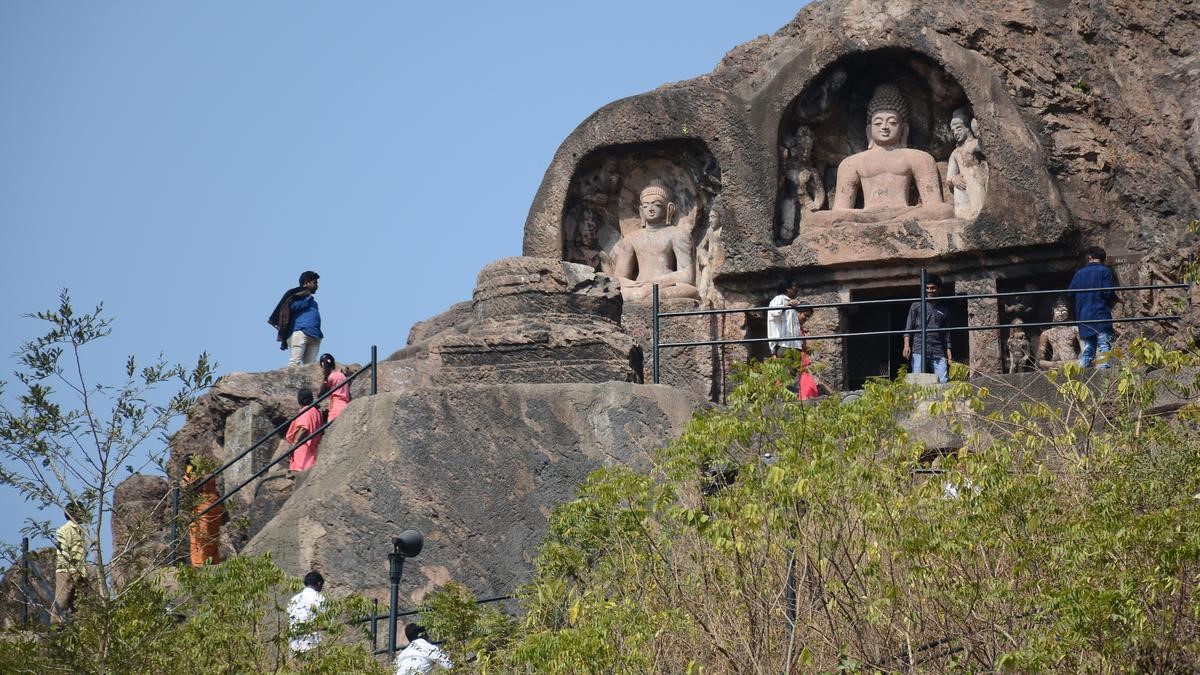Description

Copyright infringement not intended
Context:
The Hindu community believes that Mahalaya marks the last day of ‘Krishnapaksha’, which is a dark fortnight of the month of Ashwin. The day that follows marks the beginning of ‘Sharad’ that signals the 10-day Durga Puja/Navratri festival. This year, Mahalaya falls on September 25.

Details:
- Mahalaya marks the beginning of ‘Devi Paksha’ and the end of the ‘Pitri Paksha’, the latter of which is a period of mourning and dedicated to the ancestors on the paternal side of the family.
- The reason Hindus consider Pitri Paksha to be inauspicious is because ‘shradhh’ or death rites are performed during this period, which is a 16-day lunar event, during which people pay homage to ancestors by offering food and water.
- The Bengali community, which celebrates the annual Durga Puja with a lot of enthusiasm and cultural zest, believes that on the day of Mahalaya, Goddess Durga begins her descent to Earth after vanquishing the evil demon ‘Mahishasura’.
- The auspicious day, essentially, is a reminder of this victory, of courage and of the universal fact that in the end, good always prevails over bad.
- In West Bengal, Mahalaya is depicted in a show-tell manner, with songs, enactments and dances on certain regional television channels.
- Roughly a week after Mahalaya, the Durga Puja festivities begin.
- People believe that on this day, Goddess Durga officially begins her journey from Mount Kailash — where she resides with her husband Lord Shiva — to her maternal home on Earth with her four children, Lord Ganesh, Lord Kartik, Goddesses Lakshmi and Saraswati for the four-day long Durga Puja festitivities.
https://indianexpress.com/article/lifestyle/art-and-culture/mahalaya-2022-cultural-significance-mahalaya-durga-puja-8168301/














